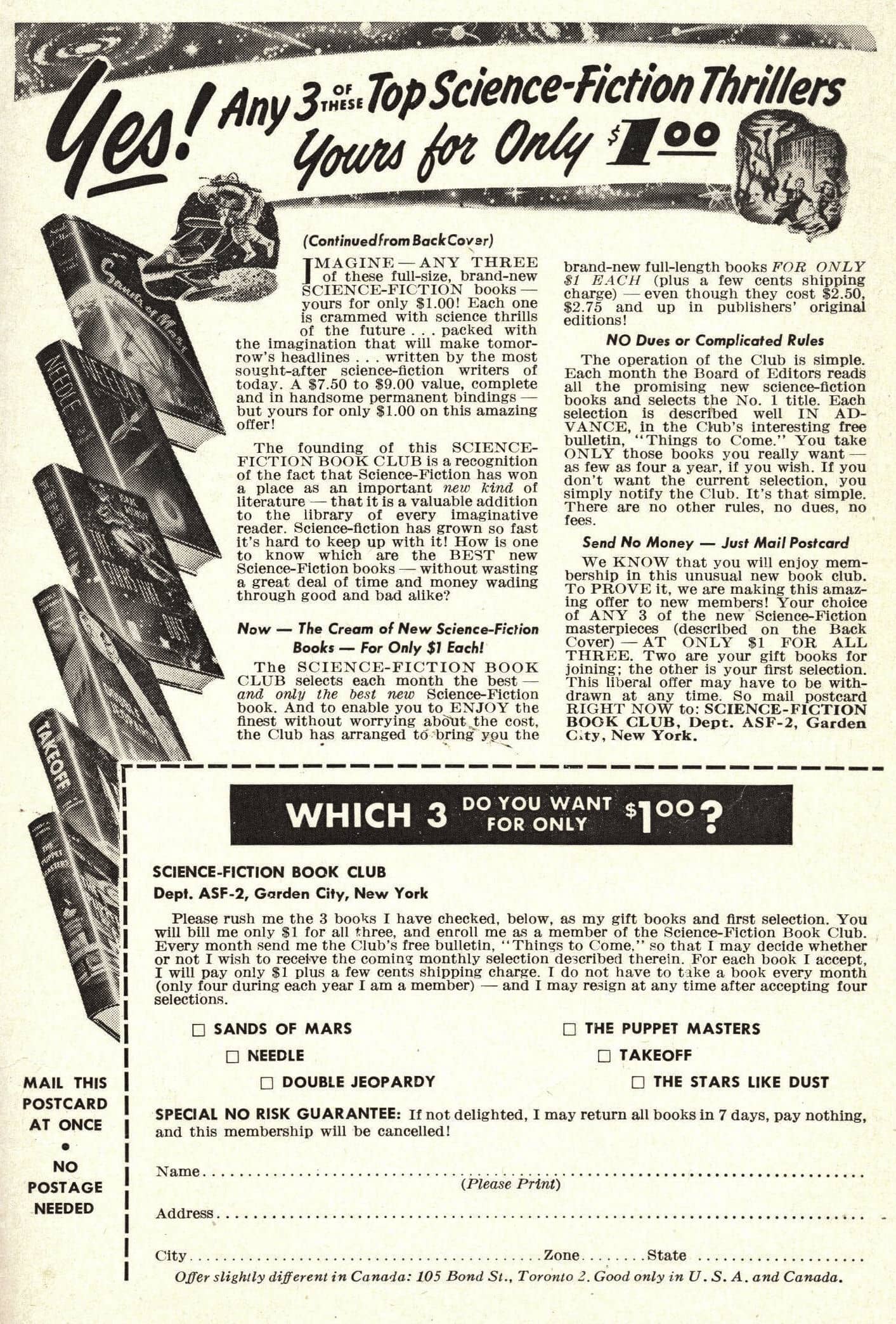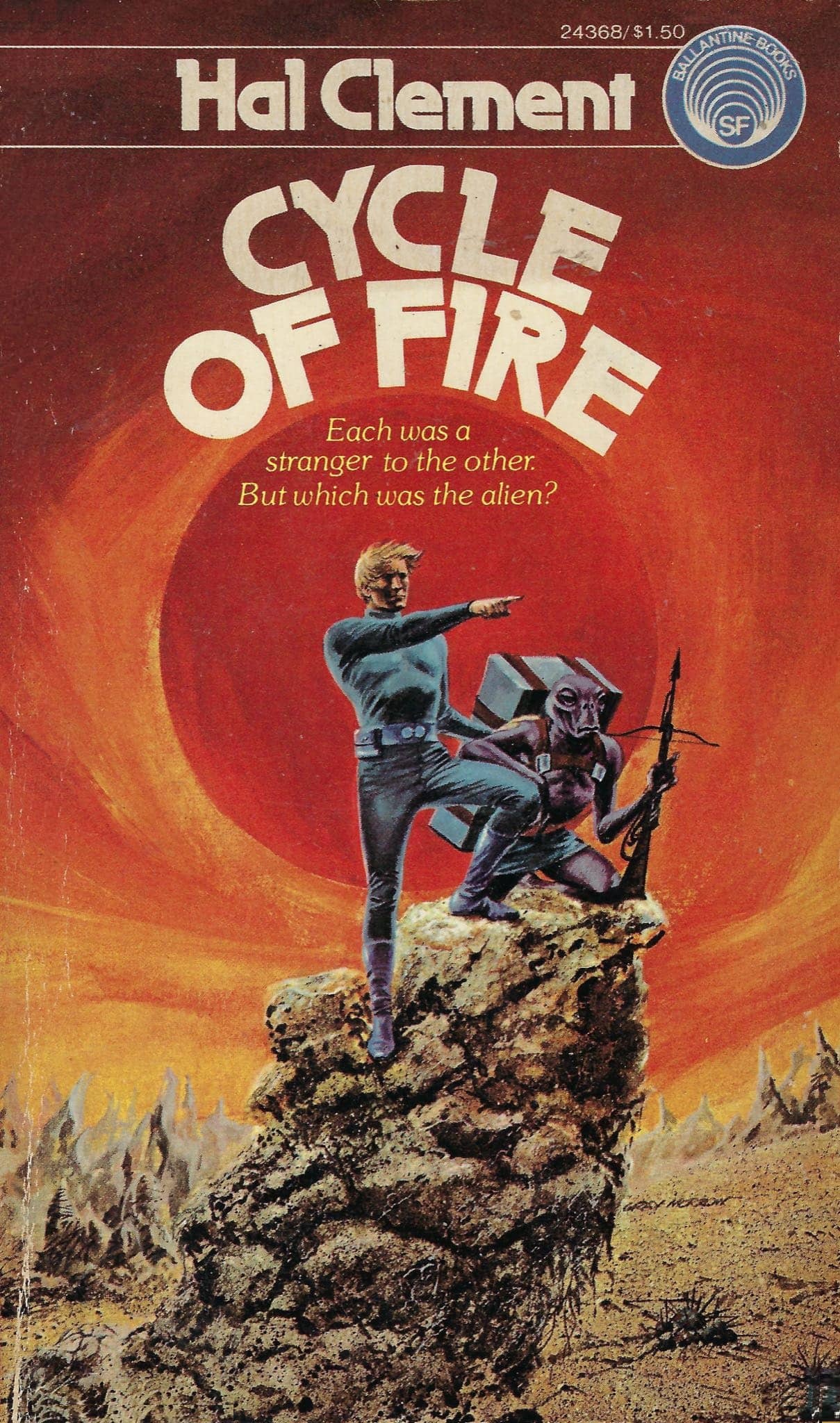
Instead, Tenebra's plants use chemosynthesis based on the transformation of sulphur oxides. The optical depth of the atmosphere is too great for enough of Altair's light to reach the ground.

Although Clement doesn't say so explicitly, Tenebra's plants do not use photosynthesis.

Only when the density of the planet's air is a little less than the density of liquid water will the raindrops descend slowly otherwise, they would come down like meteors and make life on Tenebra impossible.īut life is possible on Tenebra. At 800 atmospheres of pressure the surface atmosphere, with its load of dissolved oxygen and sulphur oxides, is compressed to a density a little less than the density of liquid water (1182 kilograms per cubic meter). That latter statement necessitates, as Clement states in the story, that the surface pressure on Tenebra be 800 atmospheres, not 218.

But the raindrops descend slowly, even in Tenebra's stiff gravity. The naively expected density of the surface atmosphere stands at about 322 kilograms per cubic meter (compared to 1.2 kilograms per cubic meter at sea level on Earth). At the surface the temperature comes close enough to the critical point of water (temperature = 374 Celsius 705 Fahrenheit : pressure = 22.1 megaPascals 217.755 atmospheres) that during the night the atmosphere begins to condense into the liquid state and falls as raindrops 9 to 15 meters (30 to 50 feet) wide. Tenebra has an atmosphere "consisting of water heavily laced with oxygen and oxides of sulphur". Clement also describes the planet as rotating on its axis in a little less than four Earth days. 27 times the mass of Earth, Tenebra is three times Earth's diameter (38,226 kilometers 23,746 miles) and has three times Earth's gravity at its surface (29.43 meters per second per second 96.6 feet per second per second), which gives Tenebra an escape velocity of 33.558 kilometers per second (nearly 21 miles per second). Revolving on an orbit about the star Altair, Tenebra is an example of one of Hal Clement's "hellworlds". Its first hardcover book publication was in July 1964. The novel was first serialized in three parts and published in Astounding Science Fiction magazine in 1958. Close to Critical is a science fiction novel by American writer Hal Clement.


 0 kommentar(er)
0 kommentar(er)
